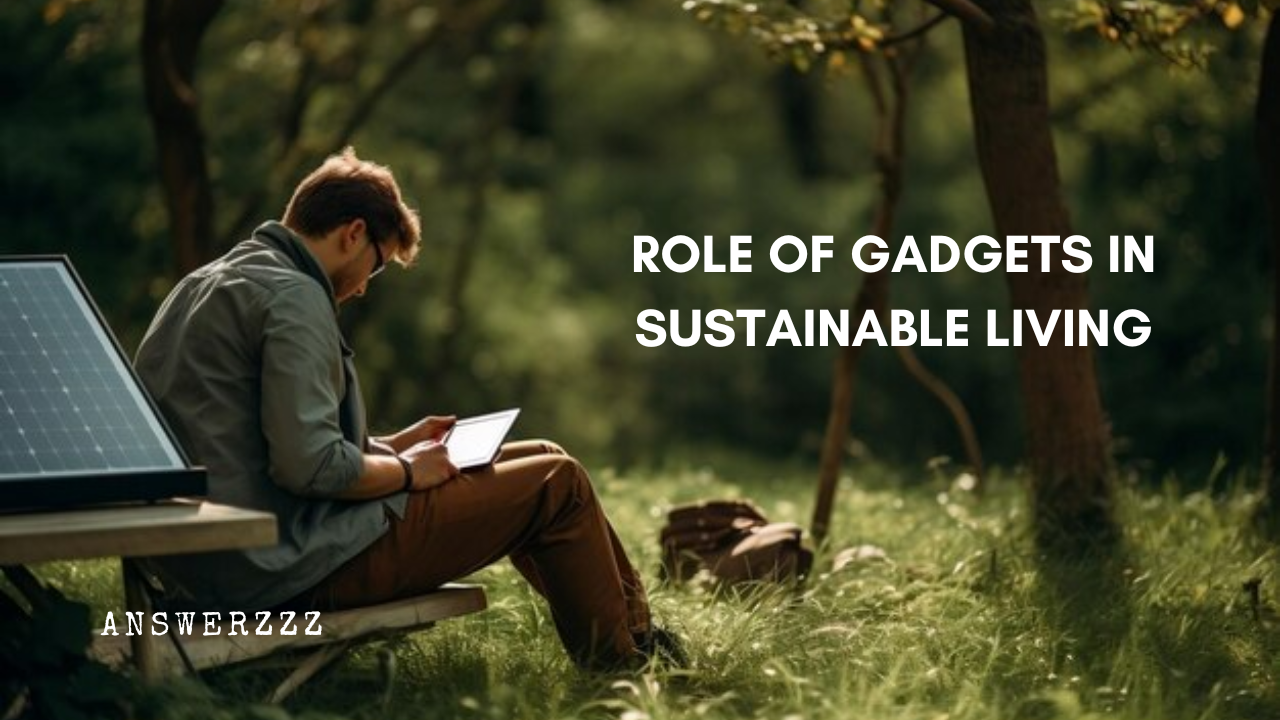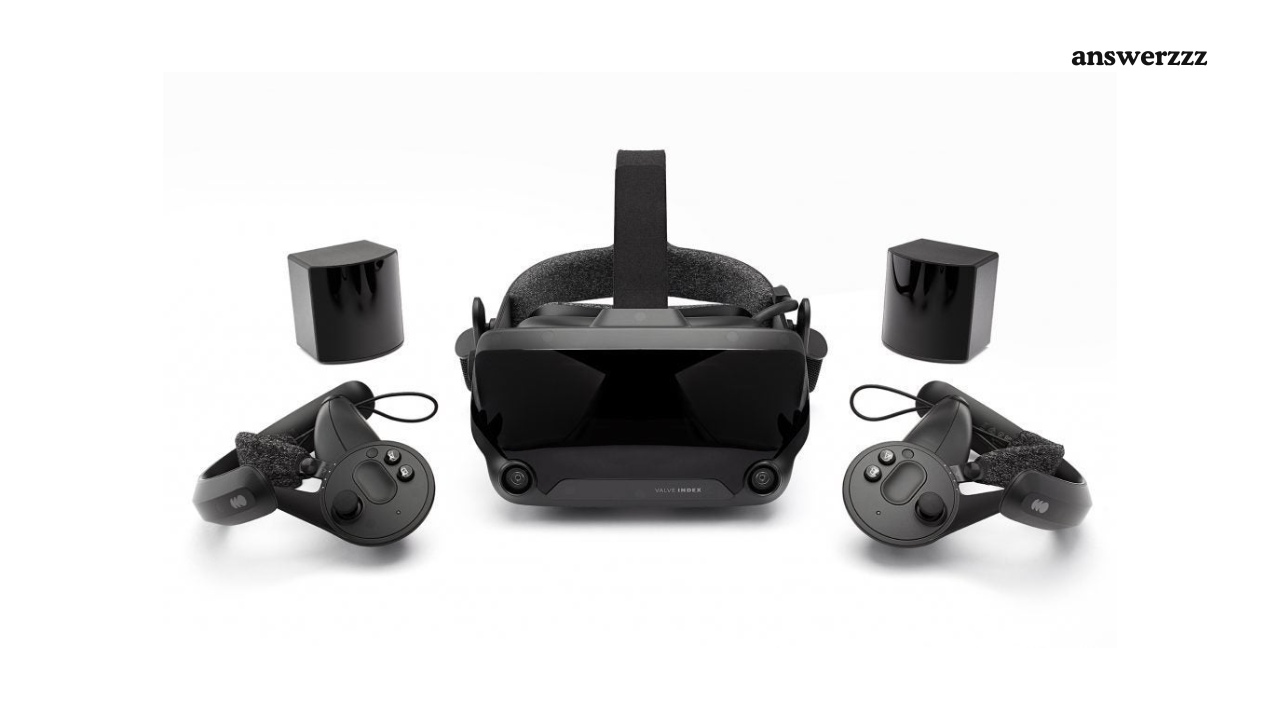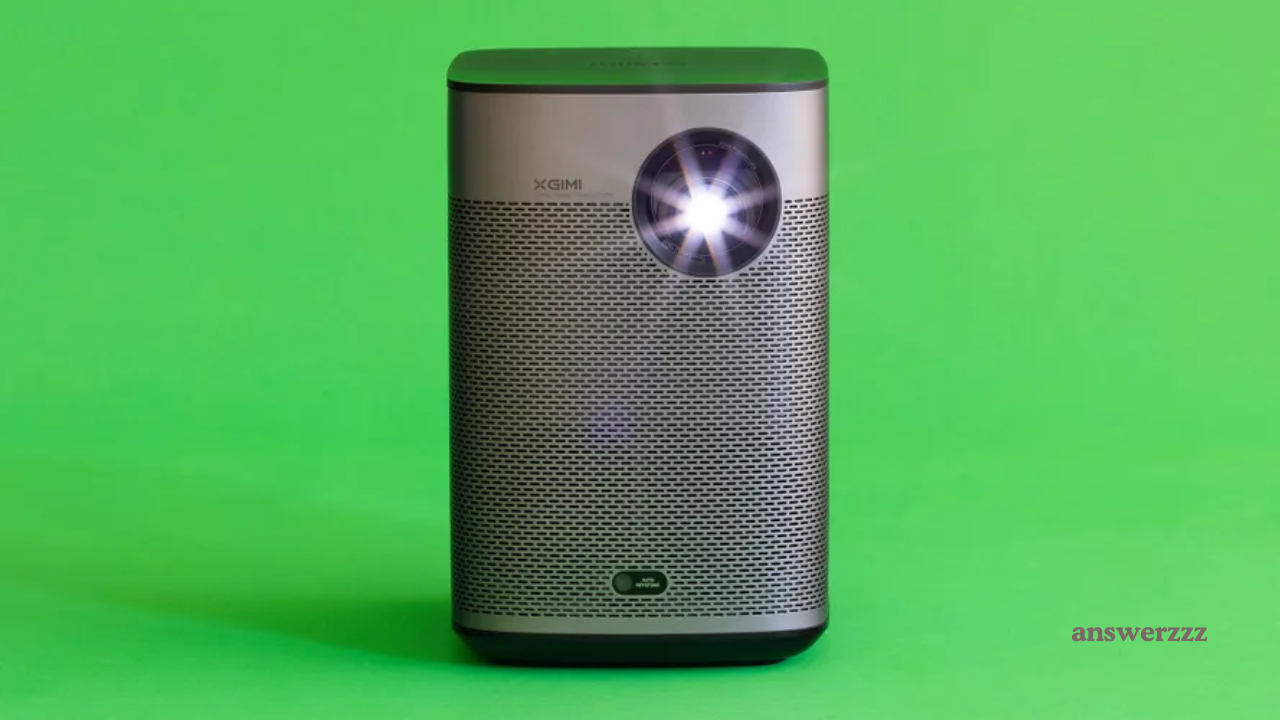In the modern era, pursuing sustainability has become an urgent and necessary mission. As the global community faces the growing threats of climate change, resource depletion, and environmental degradation, individuals and organizations are searching for ways to live more sustainably. Technology, often seen as a double-edged sword in ecological conversations, has the potential to play a crucial role in this movement. More specifically, gadgets, which have traditionally been associated with convenience and consumption, are evolving to become essential tools in the quest for a greener, more sustainable world.
The Best Gadgets for Remote Work: Enhancing Productivity at Home
This article will explore how gadgets are contributing to sustainable living by enabling energy efficiency, reducing waste, promoting renewable energy use, and supporting eco-friendly lifestyles. By examining the innovations in green technology and eco-gadgets, we will better understand their role in creating a more sustainable future.
1. Energy Efficiency: Gadgets That Conserve Resources
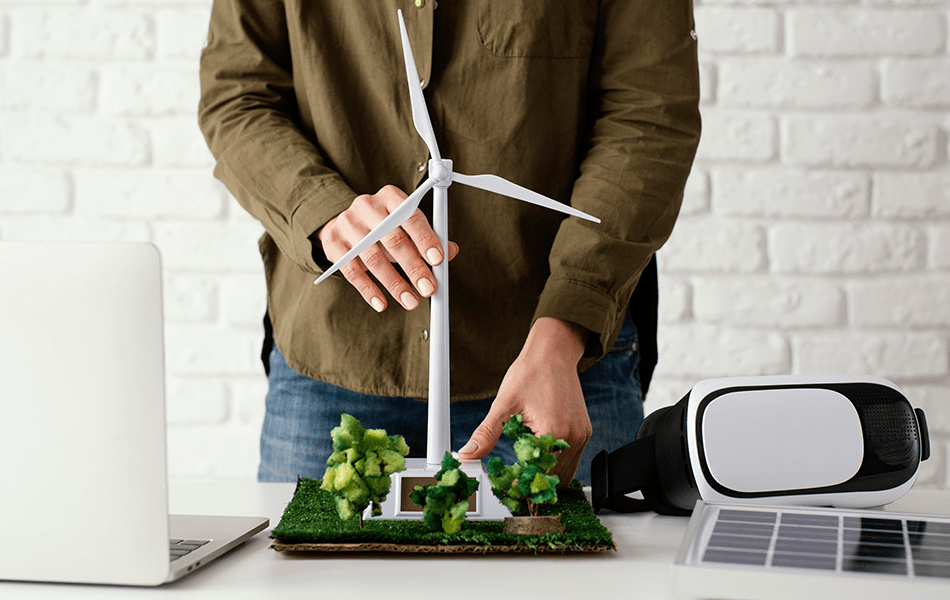
Energy consumption is one of the primary areas where gadgets can make a significant impact on sustainable living. The development of energy-efficient technologies has revolutionized how we use and conserve power in our daily lives.
Smart Thermostats and Climate Control
One of the most significant contributors to household energy consumption is heating and cooling. Traditional HVAC systems can be wasteful, running when unnecessary and consuming excessive amounts of energy. Smart thermostats, such as Nest or Ecobee, address this issue by learning users’ habits and adjusting heating and cooling accordingly. These gadgets optimize energy usage by only activating systems when needed and providing real-time energy consumption data.
By reducing the unnecessary use of heating or cooling systems, smart thermostats help decrease carbon emissions and lower utility bills, contributing to both individual financial savings and global energy conservation efforts.
LED Lighting and Smart Bulbs
Lighting is another area where significant energy savings can be achieved. Traditional incandescent bulbs are highly inefficient, converting only about 10% of the energy they use into light, with the rest being lost as heat. LED (Light Emitting Diode) technology has changed the game by providing lighting solutions that use far less energy while lasting significantly longer than their incandescent counterparts.
Smart bulbs take this a step further by allowing users to control lighting through smartphone apps or voice commands. These gadgets enable automated lighting schedules, dimming options, and energy monitoring, making it easier to reduce unnecessary energy consumption. Additionally, many smart lighting systems are designed with energy-saving algorithms that optimize power usage based on natural light availability.
Energy-Efficient Appliances
Household appliances such as refrigerators, washing machines, and dishwashers are major energy consumers. However, the rise of energy-efficient appliances equipped with smart technology has greatly improved this situation. Modern gadgets, like smart refrigerators and washing machines, utilize sensors and connectivity to optimize energy and water consumption. For instance, they can adjust cycles based on load size, track energy use, and even suggest the most eco-friendly times for operation based on real-time electricity demand.
Energy Star-rated gadgets and appliances are now commonly available, providing consumers with a range of options that align with sustainable living goals. These devices reduce energy waste and support the global push for more efficient energy consumption in residential areas.
2. Waste Reduction: Gadgets Designed to Minimize Environmental Impact
The reduction of waste, both in terms of material goods and food, is a crucial aspect of sustainable living. Several modern gadgets have been developed to help individuals and households reduce waste and minimize their environmental footprint.
Food Waste Prevention: Smart Refrigerators and Meal Planning Apps
Food waste is a significant global problem, with millions of tons of food being discarded every year. Smart refrigerators aim to address this issue by helping users manage their food inventory more effectively. Equipped with cameras, sensors, and connectivity, these refrigerators can monitor food items, alert users when expiration dates are approaching, and suggest recipes based on what’s available. This not only helps to reduce the amount of food wasted but also encourages more thoughtful consumption habits.
In addition to smart refrigerators, meal-planning apps and gadgets that track portion sizes and calorie intake also play a role in reducing food waste. These tools help individuals buy only what they need, use ingredients before they spoil, and avoid over-preparation.
Recycling and Waste Sorting Gadgets
Proper recycling is essential for reducing waste and promoting sustainability. However, recycling processes can be confusing or inconvenient for many people. Enter smart recycling gadgets. Devices like automated waste sorting systems use AI and machine learning to distinguish between recyclable and non-recyclable materials, making the recycling process more efficient and accurate. Some smart trash cans also provide users with notifications and reminders to separate materials correctly or provide tips on how to reduce waste in general.
Moreover, gadgets like composting bins have gained popularity in urban and suburban settings, enabling users to turn organic waste into compost for gardening and landscaping purposes. By encouraging composting and reducing the amount of food waste that ends up in landfills, these gadgets promote a circular waste economy.
E-Waste Management Gadgets
E-waste, or electronic waste, poses a significant environmental threat due to the hazardous materials found in many devices. Gadgets that focus on managing e-waste are designed to extend the lifecycle of electronics and facilitate recycling. Some companies have developed modular smartphones and laptops that allow users to replace specific parts without needing to buy new devices, reducing the volume of e-waste generated.
In addition, smart recycling programs and apps provide users with information on where and how to dispose of electronics properly. These platforms connect users with e-waste recycling centres and repair services, reducing the environmental impact of gadget disposal.
3. Renewable Energy: Gadgets That Promote Clean Energy Use
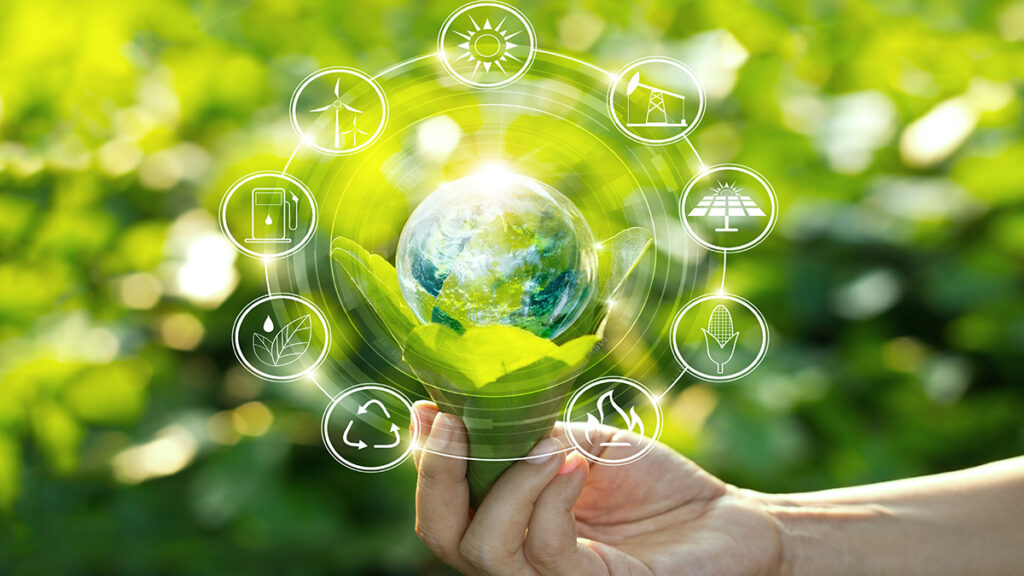
As the world shifts away from fossil fuels and towards renewable energy sources, gadgets are playing a pivotal role in facilitating the transition. From solar-powered devices to energy storage solutions, technology is making it easier for individuals to harness clean energy in their daily lives.
Solar-Powered Gadgets
One of the most prominent areas of innovation in sustainable gadgets is solar power. Solar-powered devices are becoming more efficient and accessible, offering consumers a wide range of options for reducing their reliance on grid electricity. Some popular solar-powered gadgets include:
- Solar chargers: Portable solar panels allow users to charge their smartphones, tablets, and other devices using sunlight. These chargers are especially useful for outdoor enthusiasts or individuals living in areas with unreliable power grids.
- Solar-powered lights: From garden lights to emergency lamps, solar-powered lighting solutions are an eco-friendly alternative to traditional battery-operated or grid-powered lighting.
- Solar water heaters: These systems use solar panels to heat water for residential use, reducing the need for electricity or gas-powered water heaters.
Home Energy Storage: Batteries and Energy Management Systems
With the increasing popularity of solar panels for residential energy generation, home energy storage systems are becoming essential. Gadgets like the Tesla Powerwall and other home battery systems allow users to store excess solar energy generated during the day for use at night or during periods of low sunlight. These systems improve energy efficiency by ensuring that solar energy is not wasted and reducing dependence on the electrical grid.
Moreover, smart energy management systems enable homeowners to monitor and optimize energy use throughout their homes. These systems can adjust power consumption based on electricity prices, weather conditions, and energy production, helping users save money while reducing their carbon footprint.
Wind and Hydropower Gadgets
While solar power often takes centre stage, wind and hydropower gadgets are also making strides in sustainable living. Small-scale wind turbines are being designed for residential use, allowing individuals to generate clean energy from the wind. Similarly, micro-hydropower gadgets, which harness the power of running water in rivers or streams, offer a renewable energy source for rural areas or off-grid homes.
Wearable Tech Evolution: From Fitness Trackers to Smart Glasses
4. Sustainable Lifestyles: Gadgets That Encourage Eco-Friendly Choices
Beyond energy efficiency and waste reduction, some gadgets are specifically designed to help individuals lead more eco-friendly lives by influencing their daily habits and choices.
Water Conservation Gadgets
Water is a precious resource, and many areas around the world are experiencing water shortages. Gadgets like smart irrigation systems, low-flow showerheads, and water-monitoring devices help reduce water consumption in homes and gardens. Smart irrigation systems, for instance, use weather data and soil moisture sensors to optimize watering schedules, ensuring that plants receive the right amount of water without waste.
Low-flow faucets and showerheads reduce water usage by limiting flow rates without compromising on user experience. Meanwhile, water monitoring gadgets provide real-time feedback on household water use, encouraging individuals to adopt more sustainable water-saving habits.
Eco-Friendly Transportation: Electric Vehicles and Smart Mobility Solutions
Transportation is a major contributor to greenhouse gas emissions, and electric vehicles (EVs) are among the most significant gadgets driving the transition to greener transportation. EVs produce zero tailpipe emissions, significantly reducing the environmental impact of commuting and travel. Advances in battery technology and charging infrastructure have made EVs more accessible and convenient for everyday use.
In addition to EVs, smart mobility solutions such as electric scooters, bicycles, and public transportation apps encourage individuals to opt for cleaner transportation alternatives. These gadgets promote shared mobility, reduce traffic congestion, and lower emissions in urban areas.
Apps and Gadgets for Sustainable Shopping
Sustainable consumerism is an important aspect of eco-friendly living, and several gadgets and apps are designed to help users make more informed purchasing decisions. Apps like Good On You and Think Dirty allow users to evaluate the environmental and ethical impact of products, ranging from clothing to personal care items. These platforms provide users with information on sustainable brands, ingredient transparency, and eco-certifications, empowering individuals to choose products that align with their values.
Similarly, smart home gadgets like energy monitors and consumption trackers help users assess the environmental impact of their daily activities, encouraging mindful consumption and waste reduction.
The Future of Gadgets in Sustainable Living
The role of gadgets in sustainable living is evolving rapidly. As technology continues to advance, the potential for gadgets to contribute to a greener, more sustainable future is immense. By promoting energy efficiency, reducing waste, facilitating the use of renewable energy, and encouraging eco-friendly lifestyle choices, gadgets are transforming the way we live and interact with the environment.

While gadgets alone cannot solve the global environmental crisis, they are valuable tools in the larger movement towards sustainability. As consumers, it is crucial to adopt and support technologies that align with sustainable practices and contribute to the preservation of our planet for future generations.
